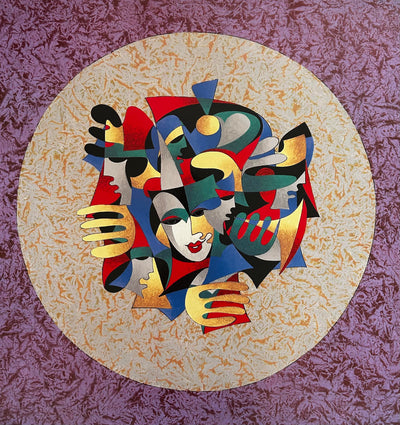Picasso's Bullfighting Inspired linoleum cuts


Tauromaquia (Muerte de Pepe Illo), 1999
The Linoleum cuts:
The Tauromaquia's supple and fluid ink and lithograph pencil drawings, which served as a model for the subsequent linoleum cuts, indicate a distinction, something truly novel and new. The ink drawings, in particular, allude to dense, unmolded designs that are clearer and shorter. The artist had a variety of techniques ready when he started the series of linoleum cuts to help his themes fit the flat, open spaces that are characteristic of this medium.

Plates 37 and 38, which depict agitated scenes, effectively show how the brown block was ready to bear a direct relationship to the superimposed black through its extensively planned designs. The top layer of these prints still exhibits some black textures and rough, strong underlying strokes. In the first of the smaller prints, plate 39, a completely different process is in use. The artist wants to draw attention to the flashing sparks coming from the right embroidery of the costumed people in all of these prints. The subsequent bullfighting scenes, which are organized around a single topic, allude to the image left on a spectator's retina as his eye blinks in the glaring sun.
We'd love to hear your thoughts!
Leave a comment below



Leave a comment